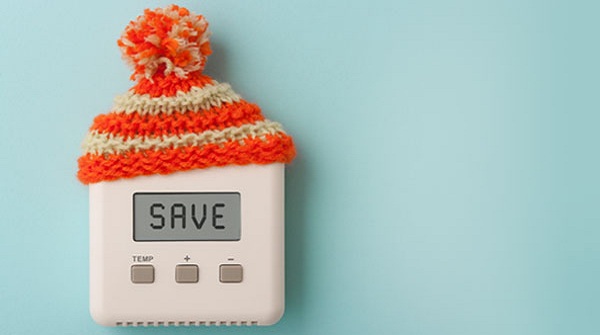According to studies conducted by the Energy Saving Trust and Citizens Advice, if every household in the country made just one minor adjustment to how they used energy, they would save a total of $841 million annually.
In terms of offsetting, lowering energy consumption would prevent the release of 1.3 million tons of CO2.
According to the same data, around 9.7 million homes have done nothing to alter their energy habits and bring down their bills. So, if there was ever a time to begin, now would be the time.
In an effort to help you reduce your personal energy costs, here are some strategies that have worked for other homeowners.
They Know Their Usage
Scheduling a home energy audit is the best method to get a handle on energy consumption at home. Your energy consumption, any energy leaks, and the implementation of any essential energy-saving measures can all be determined with the aid of an audit.
Consult RESNET or the Building Performance Institute to locate a qualified energy auditor in your area. If you’re more of a DIY person, this comprehensive guide from the U.S. Department of Energy will help you do your own energy evaluation.

They Make Use of the Correct Apps
Use your smartphone to help you find ways to use less energy. There are numerous available apps that can monitor your energy consumption and provide tips on how to cut costs and conserve resources.
These apps, which may be downloaded for free or at a low cost, can be used to pinpoint specific areas in need of energy cost reduction.

They Set Their Home’s Thermostat
Getting a programmable thermostat could be a good investment if you don’t already have one. These ingenious gadgets let you program the thermostat to automatically raise or lower the temperature depending on your daily routine.
Avoid wasting money heating or cooling an empty house by turning the thermostat up in the summer and down in the winter. Heating costs can be reduced by as much as 10 percent with the help of a properly programmed thermostat.
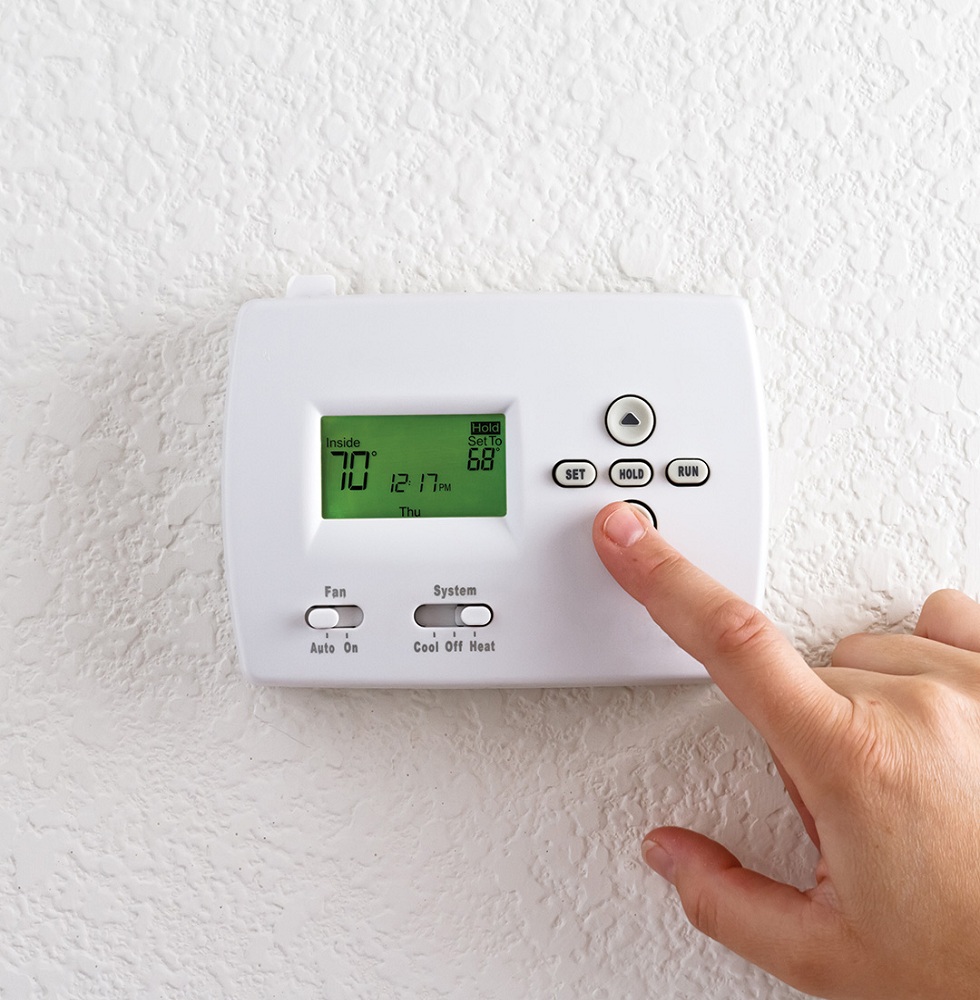
They Insulate
You’d better hope your attic is well insulated because heat naturally rises to the highest point in your home. According to the US Department of Energy, a well-insulated attic can cut energy costs by as much as half.
Insulation should be your first line of protection against wasted energy. It slows the circulation of air and stops the drafts that drain a house of its heat. Loose fill, batt, fiberglass blankets, and cotton are just some of the insulation options available.
Consider your climate and the sort of house you have while deciding on the best insulation to install.

They Seal the Gaps
Locate and fix air leaks in the home’s windows and doors by using low-cost caulking, spray foam, and weatherstripping. By sealing drafty windows and doors, you may save money on your energy bills and make your house more pleasant all year round.
Seal any openings or cracks you find in the regions around the chimney, the recessed lighting, the dryer vent, the bathroom vent, and the ductwork leading to the attic.
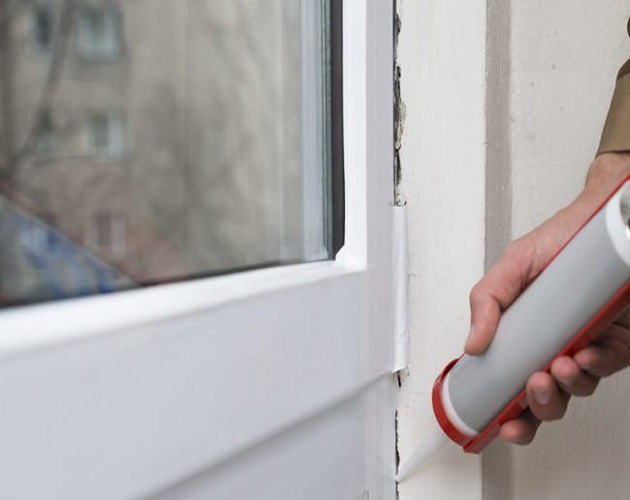
They Maintain Their System
Maintaining your heating and cooling systems on a regular basis will keep them working at full efficiency. To get the most out of your HVAC system, swap out the filter once a month and maintain a water heater temperature of 120 degrees.

They Make Use of Power Strips
Even if you don’t believe in vampires, I bet there are a couple hiding in your very own home right now. Vampire electronics are those that continue to drain juice from the wall even when their power switches are in the off position.
By using a power strip to connect your home theater and computer, you may eliminate some of these vampires. Turning off the power strip will prevent any additional power consumption from devices that are turned off but still plugged in.
Buy a power strip with a surge protector to prevent harm to your electronics from lightning strikes and blackouts.

They Use Their Windows
The potential for windows to improve the energy efficiency of a home is often overlooked. You should leave your curtains, blinds, and shades open during the day in the winter to let in the sunlight and warmth.
When the sun goes down, close your drapes and blinds to keep the warmth inside.
If your windows are old and don’t work as well as they used to, you might want to put up heavier drapes in the winter to keep warm air from escaping.
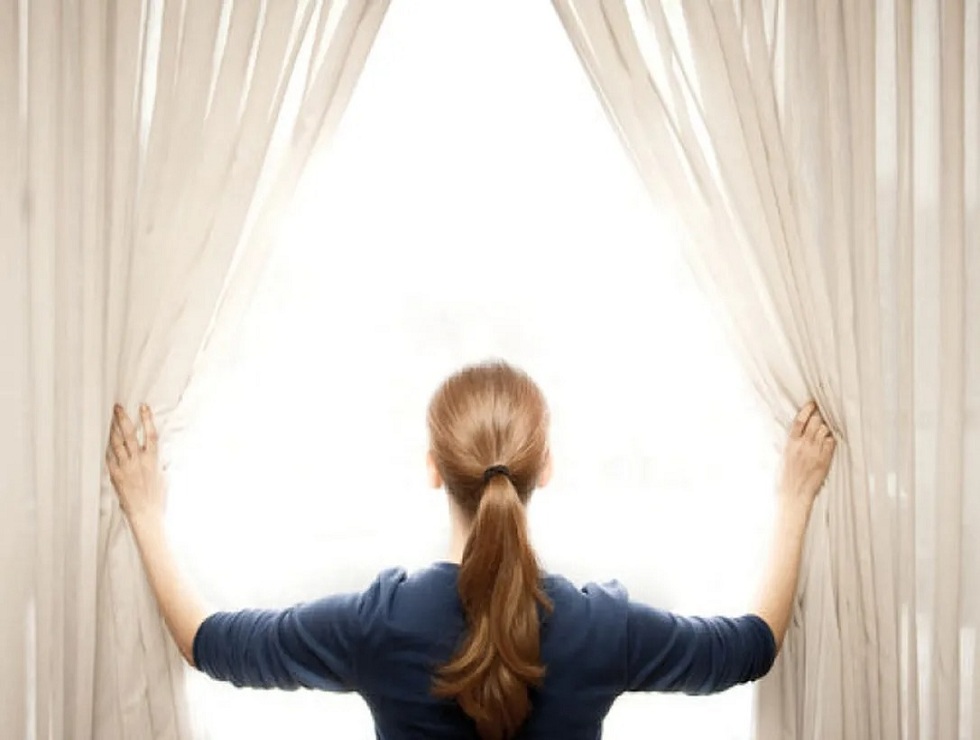
They Dry in Strategic Ways
The dryer is a significant heat source that should not be ignored. A dryer’s high heat output isn’t just for drying clothing; it also warms up the surrounding area.
Do your laundry when you would truly benefit from the heat, such as first thing in the morning or right after you get home from work.
Drying clothes overnight is a waste of energy because you’re warm and comfortable in bed.
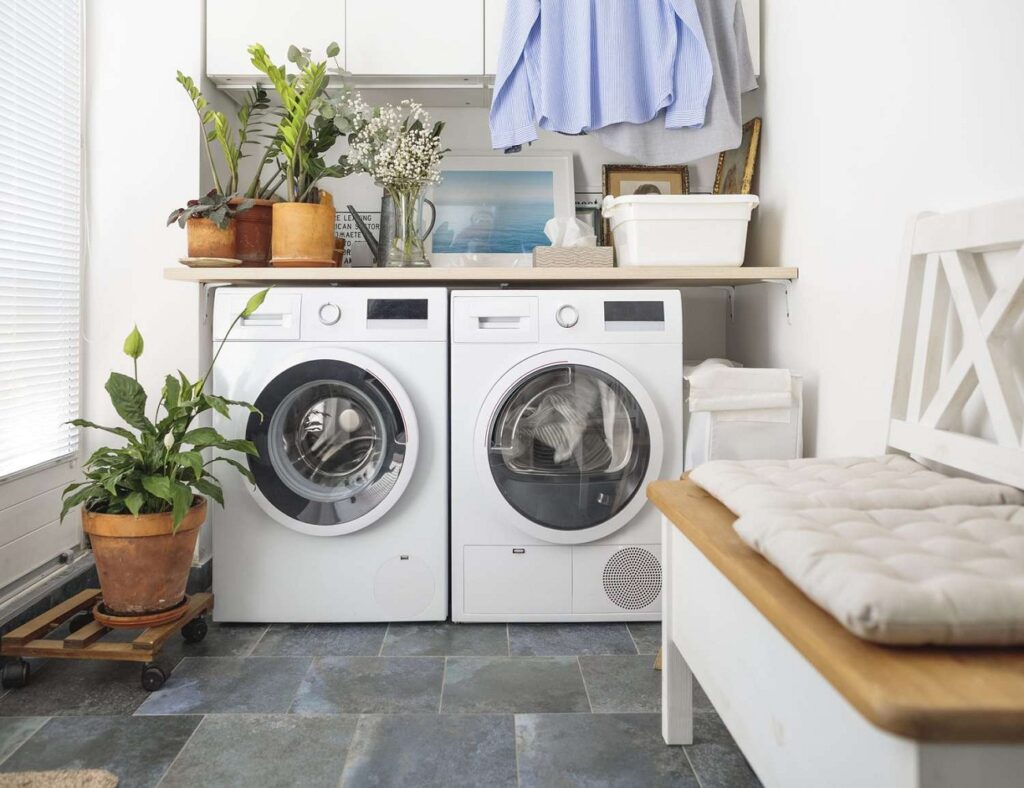
They Reverse Their Fans
Most people only consider ceiling fans to be useful during the warmer months, when they can be used to keep rooms from overheating. However, the majority of fans include reversible motors that can be adjusted to pull warm air down in the cold.
During the colder months, you should reverse the direction of your ceiling fan’s blades so that they rotate counterclockwise to force the warm air that collects at the ceiling down into the room.
If you want to save even more money, consider purchasing an Energy Star-certified ceiling fan, which is up to 50 percent more efficient than a standard model.

They Avoid the Fire
It may seem paradoxical, but utilizing a fireplace can increase your heating costs rather than decrease them. This is due to the fact that warm air is drawn out of the room and up the chimney.
Installing insulated tempered glass doors around your fireplace can prevent heat loss while still allowing you to bask in its cozy glow.
When the fireplace is not in use, make sure the flue damper is closed snugly, and if possible, use an inflated “chimney balloon” to prevent cold air from escaping and warm air from entering the chimney.

They Use Motion Sensors
Put in motion-sensor light switches instead of traditional on/off toggles to save energy when no one is using a given space.
Sensors are especially helpful in the bathroom and the children’s bedroom, two locations where lights are frequently left on by accident and hence waste electricity.
When you change the light switches, you might as well replace your old incandescent bulbs with more efficient and longer lasting LED ones.

They Dress Warmly
Sweater weather calls for a sweater. Actually, there are a lot of good reasons models in winter fashion magazines are wearing sweaters.
Sweaters not only keep you warm, but also look wonderful and help you hide any extra weight you may have gained during the winter.
On extremely cold days, it is best to dress in layers, such as a long-sleeved T-shirt under a sweater of medium weight and then a jacket or vest with a fleece inside.
Additionally, if you wear a sweater, you can reduce the temperature in the room without sacrificing comfort.
Denim with an interior layer of fleece and wool socks with a fuzzy outside are two other options to consider when shopping for warm clothing.

They Only Pay for What They Use
In order to more comfortably pay their annual heating costs, many families enroll in “budget plans” offered by local utility providers.
If you choose budget billing, however, the power provider may end up with an interest-free loan because it will be paying you for predicted consumption rather than actual consumption.
If you use energy sparingly, paying as you go is more cost-effective because you are only charged for the energy you use.

